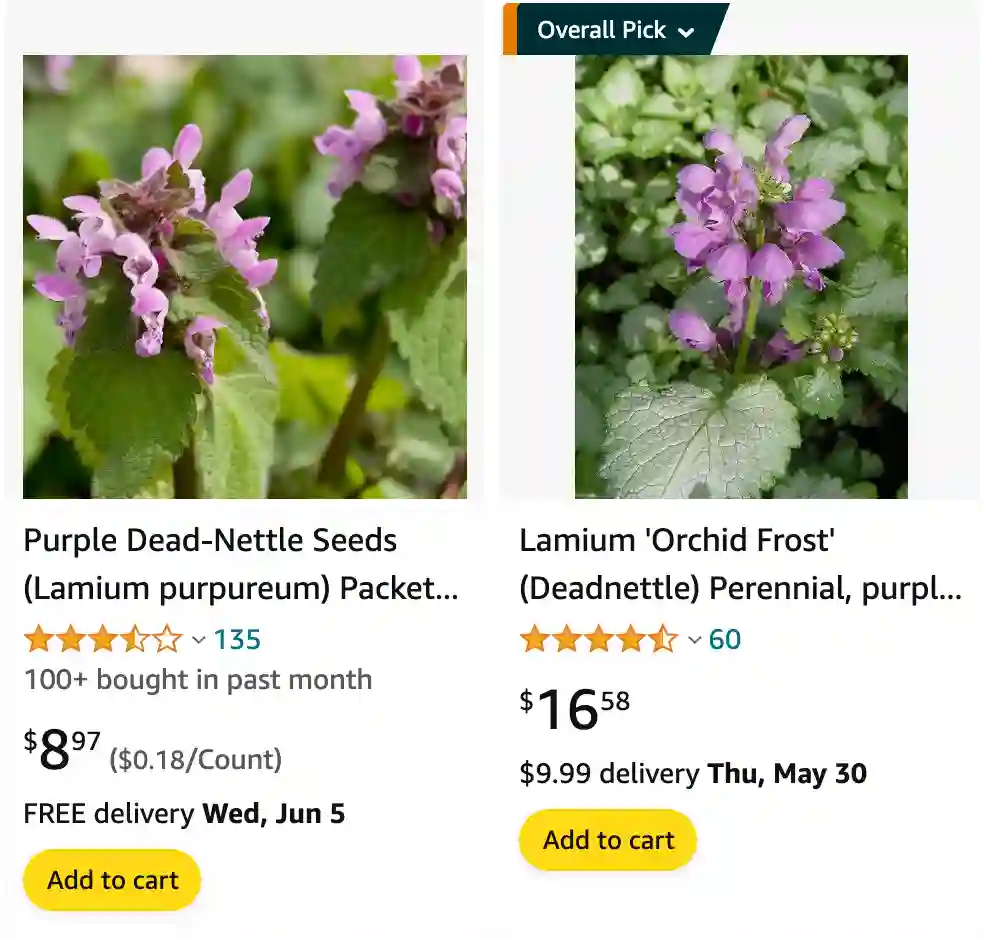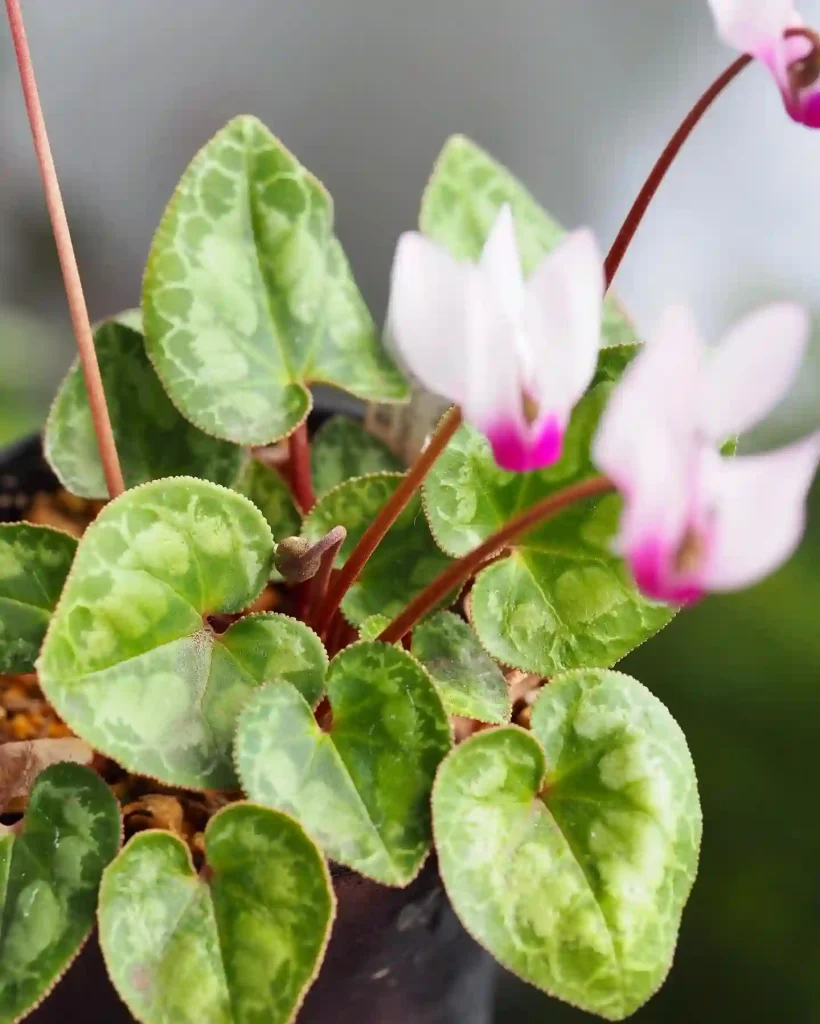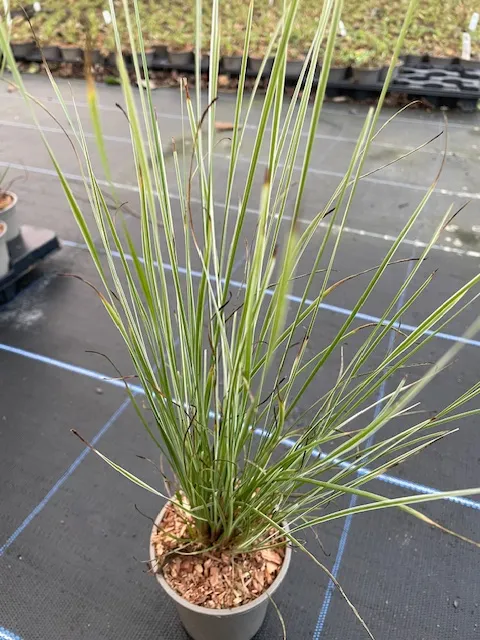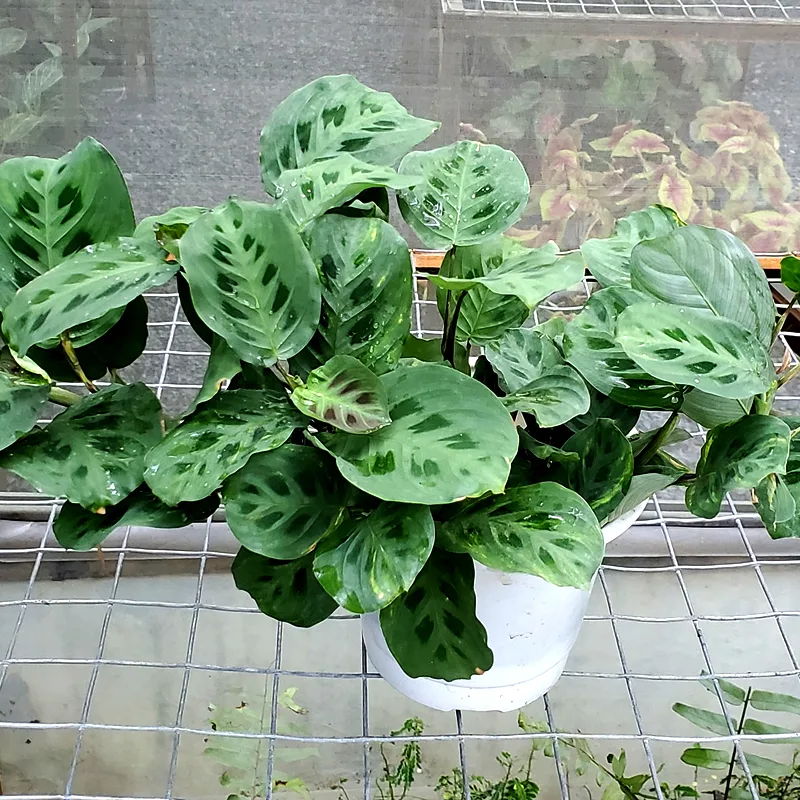
Discovering Lamium purpureum: My Journey with the Humble Deadnettle
I’ve always had a fascination for plants that go unnoticed by many yet hold immense value in their simplicity. Among these, Lamium Purpureum, commonly known as Purple Dead Nettle, has carved a special place in my gardening and ecological journey. This modest yet resilient plant might often be dismissed as a weed, but to me, it is a treasure trove of beauty, utility, and ecological significance.
34 Species in Genus Lamium
Encountering the Humble Deadnettle
My first encounter with Lamium purpureum was accidental, like many of the best discoveries in gardening. While preparing a bed for spring planting, I noticed clusters of small, purple-tinged plants sprouting in the corner of my yard. At first, I thought they were just another set of weeds to pull out, but something about their delicate, heart-shaped leaves and tiny purple flowers intrigued me.
I decided to let them grow and observe. Over the next few weeks, I found myself drawn to their understated elegance. The flowers, though small, formed a charming contrast against the green leaves, and their adaptability to various conditions was remarkable.
Appreciating its Resilience
One of the most fascinating aspects of Lamium purpureum is its resilience. This plant thrives in almost any condition—poor soil, partial shade, or full sun—it doesn’t seem to mind. It even managed to grow in neglected corners of my garden, where other plants struggled. This adaptability made me respect it even more.
In early spring, when most plants are still waking from their winter slumber, the Purple Dead Nettle is already flourishing. It’s one of the first sources of nectar for bees and other pollinators. Watching bees buzz around its tiny flowers in March filled me with a sense of gratitude. This little plant was doing its part for the ecosystem long before my cultivated blooms were ready.
Culinary and Medicinal Uses
Delving deeper into the plant’s history and uses was like peeling layers of an onion. Lamium purpureum isn’t just a garden filler; it’s a versatile herb. Its leaves are edible, with a mild, slightly earthy taste. I’ve tried adding them to salads and even used them as a garnish for soups. They add a subtle touch of nature’s freshness, reminding me of the foraging traditions of old.
Medicinally, it has been used in folk remedies for centuries. Its astringent properties make it useful for treating minor cuts and inflammation. While I’m no herbalist, I found comfort in knowing that this plant, growing unassumingly in my garden, carried with it a wealth of traditional knowledge.
Lamium purpureum as a Soil Helper
Beyond its beauty and usefulness, Lamium purpureum also plays a role as a natural soil protector. Its ground-covering growth habit helps prevent soil erosion. In my garden, it has reduced the need for mulching in certain areas, as it forms a living mulch on its own. The plant’s ability to improve soil structure by breaking up compacted ground has also been a welcome bonus.
How to use purple dead nettle for allergies?
Purple dead nettle has been a game-changer for my allergies. I make a tea from its leaves by steeping them in hot water for about 10 minutes. The natural anti-inflammatory properties really help soothe my allergy symptoms, especially during peak seasons. I find it’s most effective when I drink it consistently throughout the day.
Is purple dead nettle edible?
Yes, purple dead nettle is indeed edible! I’ve experimented with adding it to salads for a burst of color and flavor. Its slightly earthy taste pairs well with other greens, and I love the vibrant touch it adds to my meals. It’s a fantastic way to incorporate some wild foraged greens into my diet and mix things up.
Can you eat purple dead nettle?
Absolutely, you can eat purple dead nettle! I’ve tried incorporating it into various recipes, from soups to stir-fries, and it always adds a unique flavor profile. The key is to harvest it when the leaves are young and tender for the best taste and texture. It’s a great way to forage for food and connect with nature in a meaningful way.
How to dry purple dead nettle for tea?
Drying purple dead nettle for tea is quite simple, really. I gather fresh leaves and spread them out in a single layer on a clean, dry surface. Then, I let them air dry in a warm, well-ventilated area for about a week or until they’re completely dry and crispy. Once dried, I store them in an airtight container to preserve their freshness until I’m ready to brew some tea.
How to harvest purple dead nettle?
Harvesting purple dead nettle is a breeze once you know what to look for. I typically look for patches of it in shady areas with rich, moist soil. When harvesting, I use clean scissors to snip off the tops of the plants, being careful not to disturb the roots. I make sure to leave some behind to ensure the plants continue to thrive in their natural habitat.
How to make purple dead nettle tea?
To make purple dead nettle tea, I start by boiling water and then pouring it over a handful of fresh or dried purple dead nettle leaves in a cup or teapot. I let it steep for about 5 to 10 minutes, depending on how strong I want the flavor. Sometimes I like to add a bit of honey or lemon for extra sweetness or tanginess. It’s a soothing and refreshing beverage, perfect for any time of day.
Is purple dead nettle poisonous?
Purple dead nettle isn’t poisonous, which is a relief considering how much I enjoy incorporating it into my diet and herbal remedies. However, it’s always important to positively identify any wild plant before consuming it, as there are lookalikes that may be harmful. With purple dead nettle, though, I feel confident in its safety and benefits.
What is purple dead nettle used for?
Purple dead nettle has a variety of uses beyond just culinary ones. I’ve used it in natural remedies like salves and poultices for minor cuts and scrapes. Its anti-inflammatory and antibacterial properties make it a great addition to homemade herbal remedies. Plus, it feels good knowing I’m using something natural and sustainable to care for my body.
Can chickens eat purple dead nettle?
Yes, chickens can eat purple dead nettle! I’ve seen my chickens happily pecking away at it when they’re roaming around the yard. It’s a nutritious treat for them, packed with vitamins and minerals. Plus, it’s readily available in many areas, making it a convenient addition to their diet.
Can rabbits eat purple dead nettle?
Rabbits can indeed eat purple dead nettle! I’ve offered it to my rabbits as a part of their daily greens, and they seem to really enjoy it. It’s a great way to provide them with a variety of nutrients and keep their diet interesting. Just like with any new food, though, it’s essential to introduce it gradually to ensure it agrees with them.
How to make purple dead nettle salve?
Making purple dead nettle salve is a fun and rewarding DIY project. I start by infusing olive oil with dried purple dead nettle leaves in a glass jar placed in a sunny spot for about 2 to 4 weeks. Once the oil is infused, I strain out the leaves and mix the infused oil with melted beeswax to create a thick, creamy salve. It’s perfect for soothing dry skin, minor irritations, and even bug bites.
Is purple dead nettle a weed?
While some may consider purple dead nettle a weed due to its ability to grow abundantly in various environments, I see it as a valuable and versatile plant. Its edible leaves and medicinal properties make it a welcome addition to my garden and foraging expeditions. Plus, its vibrant purple flowers add beauty to any landscape, so I don’t mind seeing it pop up around my yard.
Is purple dead nettle invasive?
Purple dead nettle can be considered invasive in certain areas where it outcompetes native plants and disrupts ecosystems. However, I think it’s important to recognize its value and potential benefits rather than solely labeling it as a nuisance. With responsible management and proper understanding of its characteristics, I believe it can coexist harmoniously with native species while providing food and medicine for both humans and wildlife.
If i die, water my plants!



